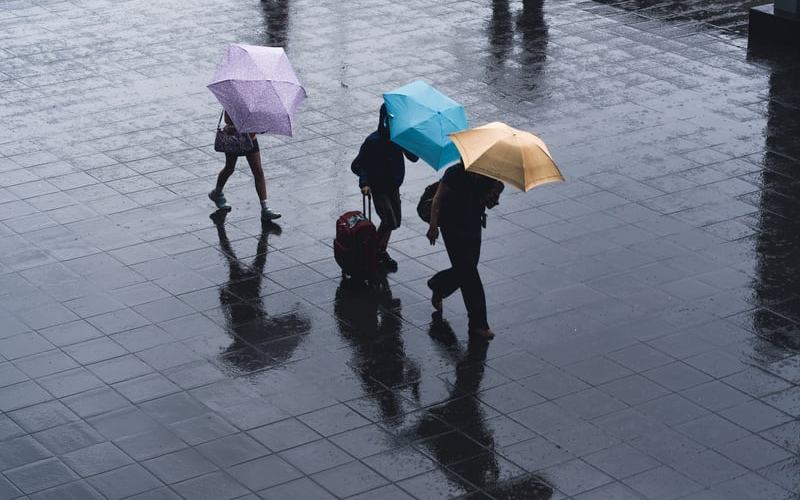With households saving nearly a fifth of their income in the June quarter, this is up from 6% in the March quarter, and up from just 2.5% in 2019's June quarter.
The Australian Bureau of Statistics (ABS) is putting increased savings down to a fall in consumption expenditure, down 12.1% in the June quarter, and boosted social assistance benefits, such as the JobSeeker Coronavirus Supplement, which in cash increased by 41.6%.
Hours worked also fell 9.8% in the June quarter, which outpaced the 2.5% decline in wages, buoyed by JobKeeper payments.
Gross Domestic Product also fell by 7.0%, the largest ever quarterly fall on record in Australia - the series began in 1959.
Without JobKeeper, increased JobSeeker, and the 'Boosting Cashflow for Employers' policies, household income would have fallen to $283.5 billion - $48 billion lower than ABS' figures.
In total, household income rose $7.1 billion driven by gross income and social assistance benefits.
The ABS also cited loan deferrals, early access to superannuation and rent deferrals as boosts, despite them not being tallied as household income.
Early super access added $18.1 billion to total gross income, while loan and rent deferrals amounted to $1.5 billion.
Westpac senior economist Andrew Hanlan said the increased savings rate provides households with a "considerable buffer to draw upon in coming quarters".
"Wage incomes fell by only -2.5%, while gross disposable income jumped by 2.2%, or up by a massive 2.9% in real terms," he said.
"This is because of the wage subsidy scheme and other income transfers from the government sector."
The news comes after AMP last week released research into how benefits payments have affected incomes, with incomes up by a net amount of $5,000 since mid-March.
However, the Australian Council of Social Service (ACOSS), in conjunction with the University of NSW, found that without such assistance, Australians living in poverty would have almost doubled.
Instead, there has been a 13% drop of the number of people in poverty.

Ready, Set, Buy!
Learn everything you need to know about buying property – from choosing the right property and home loan, to the purchasing process, tips to save money and more!
With bonus Q&A sheet and Crossword!

.jpg)